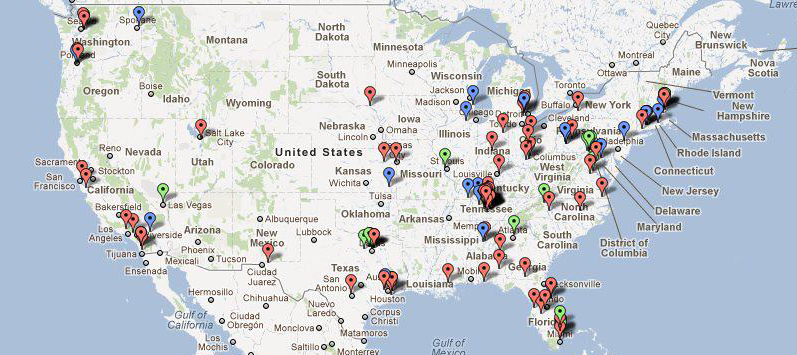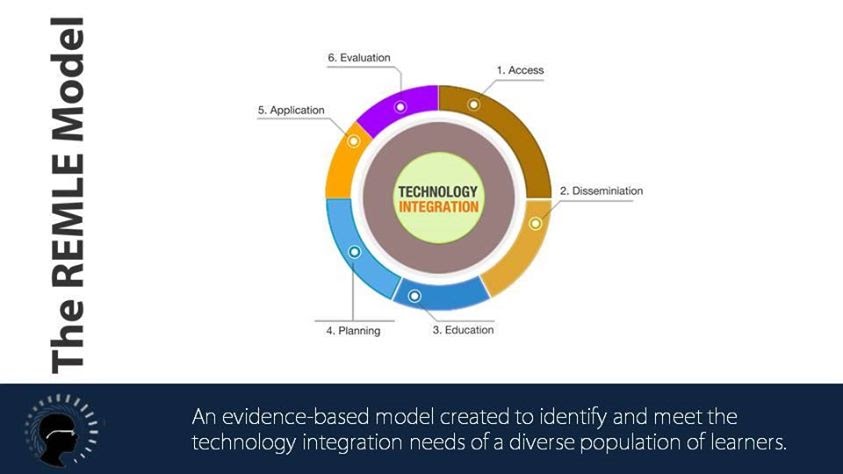The REMLE Project: Empowering Families with Autism Technology Research

In 2013, I completed a cutting-edge Autism Technology Research Study on technology integration that offered statistically significant evidence that families can lower their stress and better help their special-needs superhero when a trusted source (like me!) teaches them how to integrate technology and evidence-based best practices into their lives. I named my study The REMLE Project after my son—the kid who turned me into a cape-wearer.
This dissertation is the first study of its kind and tears down the barriers with the creation of an evidence based model that helps adults overcome challenges and achieve goals through tech education and integration.
Before I completed my Autism Technology Research study, little research had been done to show how assistive technology (AT) could empower families and individuals with Autism Spectrum Disorder. Various studies have tested symptom-specific interventions using technology; however, very few have taken into account the input of the family.
To test the full potential of AT on families, I created and implemented a double-blind, randomized control trial over a two-year period using iPads, online learning based in research, and a vetted app list. Over the course of the intervention, I measured for the AT’s effectiveness in empowerment, social validity, and the response to intervention.
At the end of the trial, statistical analysis found the intervention to be statistically significant in treating the triad of impairments as well as being empowering and socially valid to families. The families enjoyed the format of the learning materials and how they were delivered online in short segments. They also appreciated the live interactions, which on my end were completely anonymous.
At the end of the Autism Technology Research study, I was able to recommend that iOS applications should be evaluated to ensure they adhere to evidence-based practices and that education and practical training should be provided to families who plan to use the iPad to promote positive impacts on the triad of impairments.
This confirmed all I know about educating adults, strategic planning, and servant-leadership. The ability to apply theoretical practices and measure their impact is significant to understanding how to not only educate, but also help adult learners reach their goals through tech integration. When the population of learners is technologically illiterate, bridging the gap becomes an essential element to meeting goals. Especially when those goal are centered around the very thing they don’t yet understand.
What I Learned
1. This Autism Technology Research study was one of the first of its kind, and it offered our community significant findings that helped to better understand the iPad as AT and how it could play a role in treating the triad of impairments.
2. In the Autism community, the results of this study may some day translate into medical coverage for devices and funding by school districts after an AT assessment.
3. This study also backs the IDEA Services definition, which requires training for everyone who uses these devices. I was also able to gather information on the type of training and how that training should happen that was both more cost effective and more successful in treating the triad of impairments.
The Result
This study resulted in the creation of The REMLE Model, which helps families integrate technology into the tapestry of their lives.

There is still more work to be done in understanding the iPad and its long-term effects as an evidence-based technological device. Family members play a critical role in using these devices effectively, and they also must be open to input from professionals who can assess the quality of the applications they are choosing to use.
For a copy of the study or for more information on how to purchase it along with videos used in the program, please contact me.
Watch me present the results:
